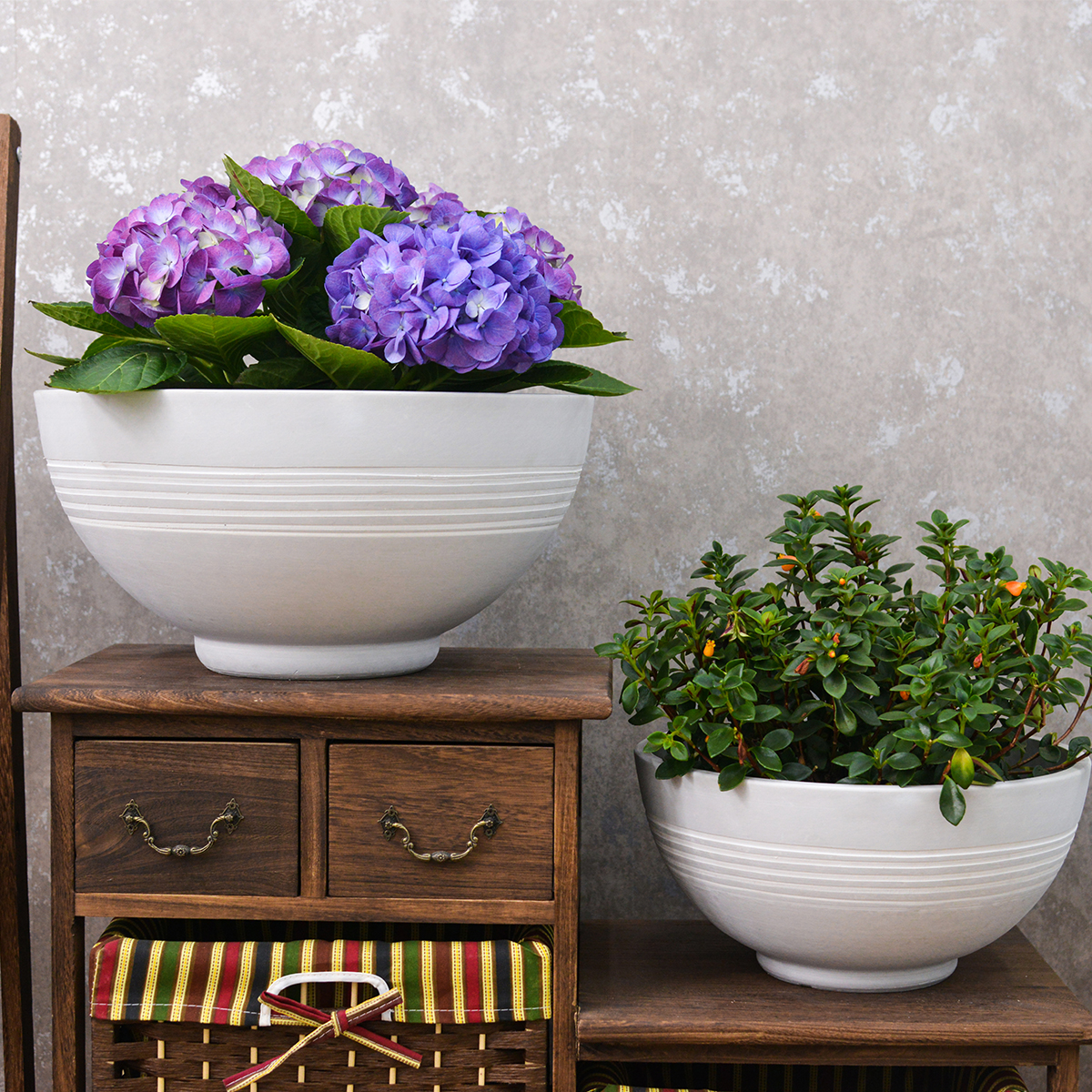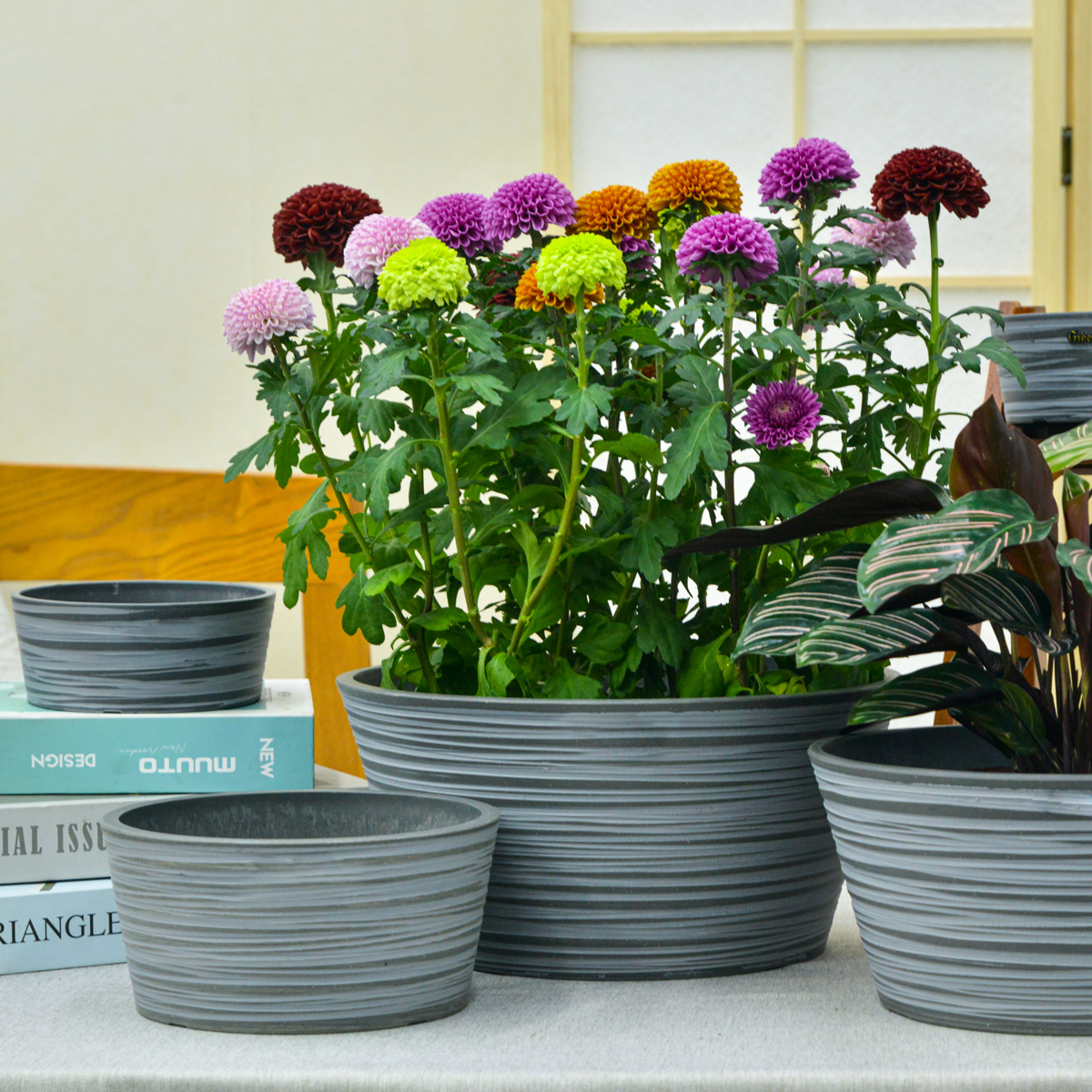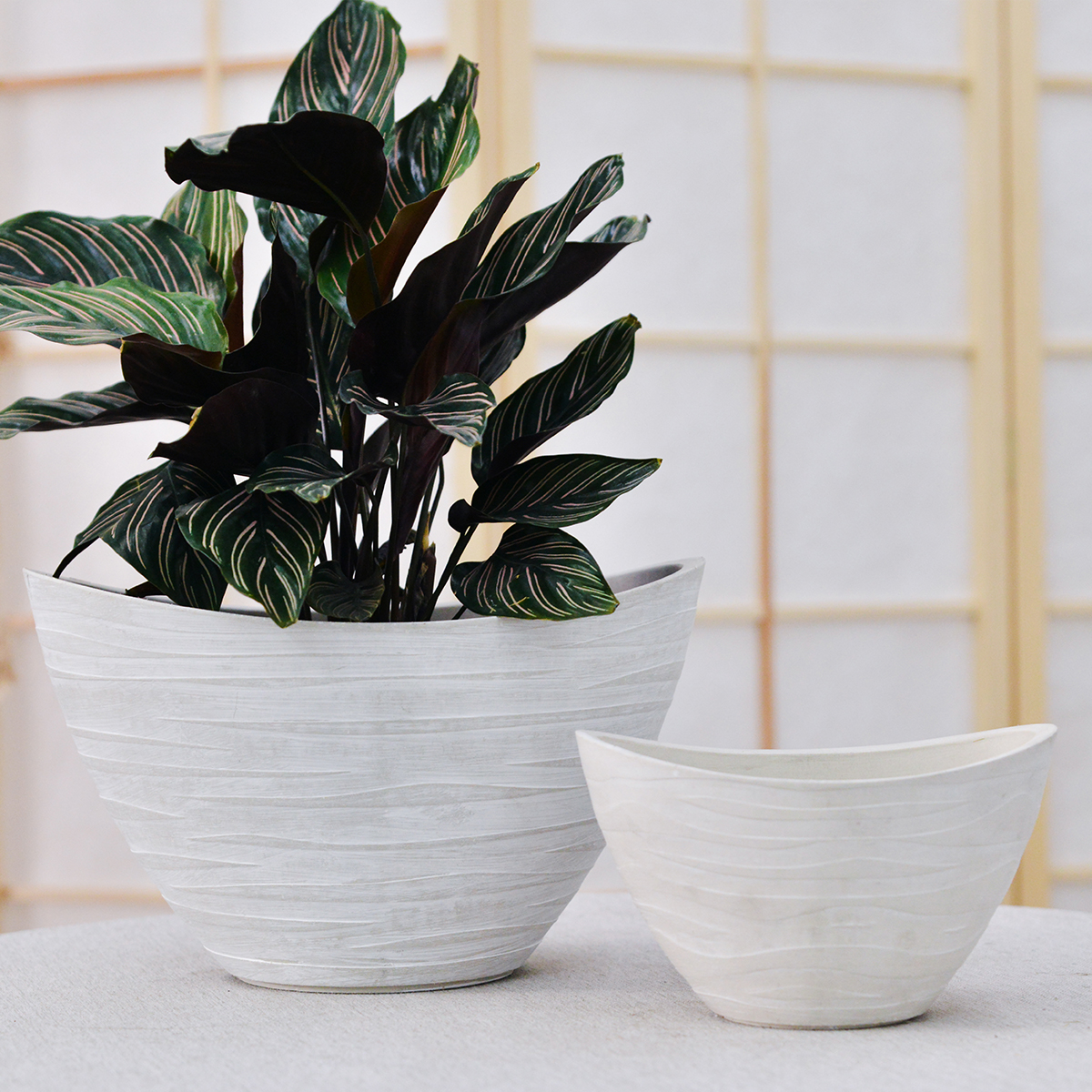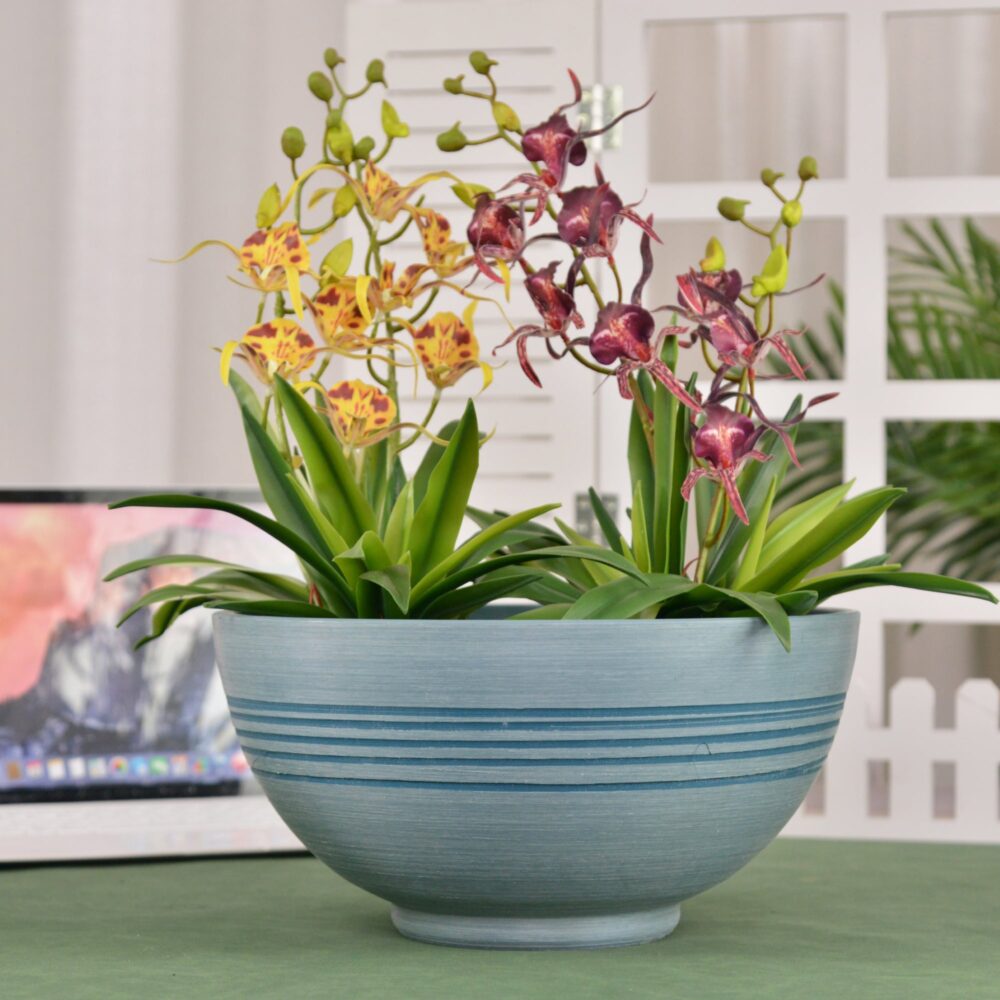Helichrysum in Pots: The Ultimate Guide to Growing Strawflowers Outdoors in Containers
Want to add everlasting beauty and papery texture to your patio, balcony, or garden? Helichrysum bracteatum, commonly known as Strawflowers or Everlasting Flowers, are wonderfully unique and rewarding choices for outdoor container gardening. Celebrated for their distinctive, papery bracts that resemble petals, their wide array of warm and vibrant colors from yellows and oranges to reds, pinks, and whites, and their exceptional drying qualities, Helichrysum are perfect for adding long-lasting, textural interest to sunny outdoor spaces. This comprehensive guide will provide you with everything you need to know to grow Helichrysum successfully in outdoor pots, from selecting the best varieties and containers to mastering essential care techniques for a season filled with Helichrysum color and everlasting charm.
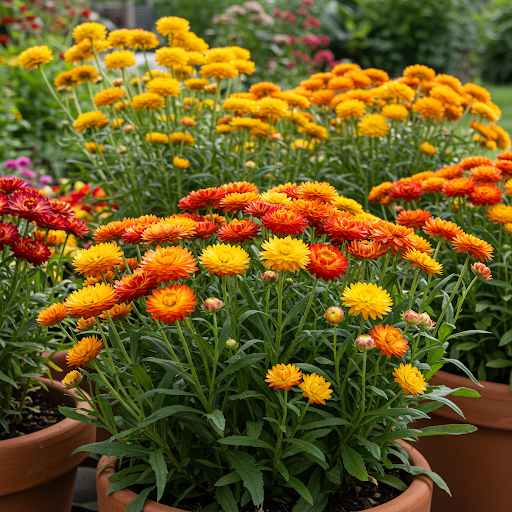
Helichrysum
What are Helichrysum (Strawflowers)?
Helichrysum bracteatum, commonly called Strawflower or Everlasting Flower, is an annual flowering plant in the Asteraceae family (daisy family). Native to Australia, Helichrysum are popular annuals grown for their distinctive, papery bracts that surround a small central disc of florets. These bracts, often mistaken for petals, are what give Strawflowers their unique texture and everlasting quality. Helichrysum flowers are famous for their dry, papery textureand long-lasting color. They come in a warm and vibrant array of colors, including yellow, gold, orange, red, pink, rose, salmon, bronze, and white, often with contrasting centers. Helichrysum plants are characterized by their upright, branching growth habit and lance-shaped, slightly hairy leaves. They exhibit a bushy, upright growth habit, ranging in height from dwarf varieties under 1 foot to taller types over 3 feet tall, depending on the cultivar and type. They are known for their unique papery texture, everlasting blooms, warm and vibrant colors, long blooming season (summer to frost), sun-loving nature, and excellent drying qualities, making them an invaluable addition to gardens and containers, especially for adding textural, long-lasting, and cut-flower interest.
Are Helichrysum Good for Outdoor Pots?
Yes, Helichrysum bracteatum are exceptionally well-suited for outdoor pots and container gardening, especially dwarf and compact varieties. Their upright, bushy growth habit, relatively long blooming season, tolerance of sunny locations and heat, and unique, long-lasting flowers make them ideal for filling pots, patio containers, and mixed container arrangements with enduring color and texture. Helichrysum thrive in sunny locations and bloom profusely throughout the warm season, providing an incredibly long-lasting and delightful display in containers. Their relatively easy-care nature and striking, textural blooms make them a fantastic and rewarding choice for container gardens of all styles, especially for adding a cottage garden, cutting garden, or low-water touch to patios, balconies, and decks. Growing Helichrysum in pots also allows you to easily move them to optimal locations to enjoy their beauty, to follow the sun, and to control their growing conditions, especially soil drainage which they appreciate.
Ideal Growing Conditions for Helichrysum in Pots:
Types of Helichrysum for Pots: Many Helichrysum varieties are excellent for pots, but consider your desired height, flower color, and bloom time when choosing:
- Dwarf Helichrysum: (Under 1 foot tall) – Compact and smaller in stature, ideal for small to medium pots, window boxes, edging, and foreground plantings. Known for their very compact, mounding habit and profusion of blooms on shorter stems. Excellent for smaller containers and tighter spaces. Look for varieties in the ‘ Spreading Yellow’, ‘ Tom Thumb Mix’, ‘ Dwarf Pastel Mix’, ‘ Fairy Mix’, and ‘ Button Series’.
- Compact Helichrysum: (1-2 feet tall) – Bushy and more upright than dwarf types, but still relatively compact, suitable for medium to large pots, patio containers, and mixed arrangements. Offer larger flowers and a wider range of colors in a manageable size for pots. Look for varieties in the ‘ Monstrosum Series’, ‘ Bright Rose’, ‘ Golden Beauty’, ‘ Apricot Mix’, ‘ Salmon Rose’, and ‘ Princess Mix’.
- Medium-Sized Helichrysum: (2-3 feet tall) – More upright and taller, best suited for medium to large pots, as thrillers in mixed containers, and for back-of-border placements in large containers. Offer a more dramatic vertical presence and larger flower heads in containers. Look for varieties in the ‘ Tall Double Mix’, ‘ Copper Red’, ‘ Purple Red’, ‘ Fireball’, ‘ Red Glory’, and ‘ White Monstrosum’. For most container gardening, dwarf to compact types are more practical.
- Color Themes (for Pots): Choose varieties based on your desired color palette for your container garden.
- Yellows & Golds: ‘ Spreading Yellow’, ‘ Golden Beauty’, ‘ Yellow Monstrosum’, ‘ Goldfields’, ‘ Canary Gold’, ‘ Buttercup’.
- Oranges & Coppers: ‘ Copper Red’, ‘ Apricot Mix’, ‘ Sunset Orange’, ‘ Terracotta’, ‘ Orange King’, ‘ Bronze Beauty’.
- Reds & Pinks: ‘ Bright Rose’, ‘ Red Glory’, ‘ Salmon Rose’, ‘ Rose Monstrosum’, ‘ Crimson Red’, ‘ Raspberry Ripple’.
- Whites & Creams: ‘ White Monstrosum’, ‘ White Swan’, ‘ Creamy White’, ‘ Paper White’, ‘ Silver White’, ‘ Pure White’.
- Mixed Colors: ‘ Tom Thumb Mix’, ‘ Dwarf Pastel Mix’, ‘ Fairy Mix’, ‘ Princess Mix’, ‘ Tall Double Mix’, ‘ Rainbow Mix’.
Light: Helichrysum thrive in full sun. They need at least 6-8 hours of direct sunlight per day to bloom profusely and develop their best, most vibrant colors. Choose a sunny location for your Helichrysum containers, such as a south-facing patio, balcony, or garden bed. In partial shade, Helichrysum will produce fewer blooms, become leggy, and their flower colors may be less intense. Full sun is essential for optimal flowering, vibrant colors, and robust growth.
Soil: Helichrysum need well-draining soil that is moderately fertile and slightly acidic to neutral. Use a high-quality potting mix specifically formulated for containers or flowers. Amend potting mix with perlite, vermiculite, or horticultural grit to improve drainage and aeration, which is important for Helichrysum to prevent root rot. While they appreciate consistent moisture when young, established Helichrysum are quite drought-tolerant and prefer soil that is not constantly soggy. Avoid heavy, compacted soil or garden soil in pots, as they can become waterlogged. A slightly acidic to neutral pH (around 6.0-7.0) is ideal for Helichrysum.
Watering: Helichrysum are moderately drought-tolerant once established, but perform best with consistent moisture, especially when young and during active growth and blooming periods. Water thoroughly when the top inch of soil feels slightly dry. Water deeply until water drains out of the drainage holes. Allow the soil surface to dry out slightly between waterings. Avoid overwatering and constantly soggy soil, which can lead to root rot. Helichrysum are more tolerant of slightly drier conditions than constantly wet soil. Watering frequency will depend on weather conditions, light levels, pot size, and plant size. During hot summer months, you may need to water more frequently, especially for smaller pots in full sun or windy locations. Check soil moisture regularly and adjust watering accordingly. Reduce watering slightly in late summer as temperatures cool and plants begin to set seed. Water at the base of the plant to avoid wetting foliage and flower heads, which can encourage fungal diseases in humid conditions, though Helichrysum are generally quite disease-resistant.
Temperature: Helichrysum are warm-weather plants that thrive in warm to hot temperatures. They perform best in temperatures between 70°F to 90°F (21°C to 32°C). They are very heat-tolerant and flourish in hot summer conditions. Helichrysum are frost-tender and are not cold-hardy. They are typically grown as annuals in most climates (USDA zones below 10). In USDA zones 10-11, Helichrysum can be short-lived perennials in frost-free conditions, but are still generally grown as annuals for best, most reliable performance and consistent blooms. Potted Helichrysum are easy to move to optimal locations to enjoy their beauty and follow the sun. They do not tolerate frost or freezing temperatures.
Fertilizer: Helichrysum are light feeders and do not require heavy fertilization. Over-fertilizing can lead to excessive leafy growth and fewer blooms, and weaker stems. Fertilize sparingly to moderately, only once or twice during the growing season with a balanced liquid fertilizer (e.g., 10-10-10 or 20-20-20) diluted to half strength, or use a slow-release granular fertilizer incorporated into the potting mix at planting time, but use it at a very low rate. Avoid high-nitrogen fertilizers, which can promote leafy growth at the expense of blooms and flower color intensity. Too much fertilizer can actually reduce flowering and bract color intensity in Helichrysum. In many cases, Helichrysum grown in good quality potting mix may not need any supplemental fertilization at all, or only a very light feeding mid-season if growth seems weak.
Choosing the Right Pots for Helichrysum:
Suitable Pot Types: Helichrysum are adaptable to various pot types, including terracotta, ceramic, plastic, resin, and even rustic or repurposed containers. Consider these factors when selecting pot types for Helichrysum:
- Terracotta Pots: Porous, allow good aeration and drainage, and aesthetically classic and warm-toned, complementing Helichrysum’s natural charm. Terracotta is a good choice for Helichrysum as it provides excellent drainage and helps prevent overwatering. Terracotta pots also dry out more quickly, which is generally beneficial for drought-tolerant Helichrysum, helping to avoid soggy soil. Monitor soil moisture and water as needed, especially in very hot and dry conditions.
- Unglazed Ceramic Pots: Similar to terracotta, unglazed ceramic pots offer good aeration and drainage. Choose unglazed ceramic over glazed for better breathability.
- Plastic Pots: Lightweight, inexpensive, retain moisture well, and are available in various colors and styles. Excellent choice for Helichrysum, especially for moisture retention in sunny locations, and for larger pots that need to be moved. Choose good quality plastic pots with drainage holes. Lighter colored plastic pots may heat up less in direct sun.
- Resin Pots: Lightweight, durable, available in various styles mimicking terracotta or ceramic, and offer a balance of drainage and moisture retention. A good alternative to heavy ceramic pots, and often more durable than terracotta or plastic.
- Rustic or Repurposed Containers: Helichrysum’s natural, slightly wildflower-like appearance makes them suitable for planting in rustic or repurposed containers like wooden crates, metal buckets, aged terracotta, or even vintage watering cans, adding a cottage garden or farmhouse touch. Ensure any repurposed container has adequate drainage holes.
- Window Boxes & Long Planters: Dwarf and compact Helichrysum varieties look beautiful massed in window boxes and long planters, creating a charming and colorful display. Ensure good drainage and adequate spacing between plants.
Drainage: Excellent drainage is essential for Helichrysum to prevent root rot, although they appreciate consistent moisture when young and during active growth, but dislike soggy conditions. Ensure your chosen pot has drainage holes at the bottom. Avoid pots without drainage holes. Adding a layer of gravel or pot shards at the base of the pot is generally not strictly necessary if using a well-draining potting mix, but can be done for extra precaution, especially in heavier pots or if you tend to overwater. Elevating pots slightly on pot feet or bricks can further improve drainage and air circulation around the base.
Pot Size: Choose pot sizes appropriate for the type and mature size of the Helichrysum you are planting, and the desired visual impact. Helichrysum have moderately sized root systems and need adequate space for healthy growth and flowering.
- Dwarf Helichrysum: For dwarf Helichrysum, pots that are 6-8 inches in diameter and at least 6 inches deepare suitable for individual plants. For mass plantings or window boxes, use larger containers or window boxes with spacing of about 6-8 inches between plants.
- Compact Helichrysum: For compact Helichrysum varieties, use pots that are 8-12 inches in diameter and at least 8-10 inches deep for individual plants, or larger patio containers for multiple plants or mixed arrangements. Compact Helichrysum need more root space and stability.
- Medium-Sized Helichrysum: For medium-sized Helichrysum varieties, use pots that are 10-14 inches in diameter or larger and at least 10-12 inches deep for individual plants, or larger tubs or patio containers for multiple plants or mixed arrangements. Medium-sized Helichrysum need more root space and stability.
Color and Style: Choose pot colors and styles that complement your Helichrysum blooms and your outdoor décor. Earthy tones, terracotta, aged wood, or metal pots can enhance the natural, wildflower-like beauty of Helichrysum. White, cream, or pastel pots can create a softer, cottage garden look. Boldly colored pots in contrasting shades can make a more modern statement. Rustic or vintage-style pots enhance the everlasting, dried-flower charm of Helichrysum. Consider the overall style of your patio or garden and choose pots that harmonize with the surroundings, and enhance the textural, long-lasting color you wish to create.
Essential Care Tips for Thriving Helichrysum in Outdoor Pots:
- Watering: “Water When Top Inch of Soil is Dry, Avoid Overwatering”. Water thoroughly when the top inch of soil feels slightly dry during the growing season. Water deeply until water drains from drainage holes. Allow soil surface to dry slightly between waterings. Avoid overwatering and soggy soil. Helichrysum are drought-tolerant once established, so err on the side of slightly drier rather than constantly wet soil.
- Sunlight: Provide Full Sun (6-8+ Hours Daily). Place Helichrysum pots in a location that receives full sun for optimal growth, blooming, and vibrant colors.
- Fertilizing: Fertilize Very Sparingly, Once or Twice Mid-Season at Most. Fertilize very sparingly, only once or twice mid-season with a dilute balanced liquid fertilizer, or use very low rate slow-release fertilizer at planting time. Avoid over-fertilizing. In many cases, fertilization may not be necessary in good potting mix.
- Deadheading (Encourage Continuous Bloom & Tidiness): Deadheading spent flower heads regularly is recommended to encourage continuous blooming and maintain a tidy appearance. Snip off faded flower heads just below the flower base. Regular deadheading encourages more flower production throughout the season and prevents self-seeding (if desired).
- Pinching (Encourage Bushier Growth, Optional): Pinching back young Helichrysum seedlings when they are about 4-6 inches tall can encourage bushier growth and more flower stems, although Helichrysum are naturally quite bushy. Pinch off the tip of the main stem just above a set of leaves. Pinching is optional, but can result in fuller, bushier plants with even more blooms.
- Drying Flowers (For Everlasting Bouquets): To dry Helichrysum flowers for everlasting bouquets, cut stems when bracts are just starting to open and color is vibrant, but before the central florets are fully open. Remove foliage and hang stems upside down in a dry, dark, well-ventilated place for several weeks until fully dried and papery. Dried Strawflowers will retain their color and texture for many months.
- Drought Tolerance: Helichrysum are Drought-Tolerant Once Established. Once established, Helichrysum are quite drought-tolerant and can withstand periods of drier soil, making them excellent low-water container plants. Avoid prolonged drought stress for best blooming, but they are more forgiving of missed waterings than many other annuals.
- Pest and Disease Control: Helichrysum are generally exceptionally pest and disease-resistant, making them very low-maintenance in this regard. Monitor for occasional pests like aphids in early spring, but pests and diseases are rarely a significant issue for Helichrysum. Good air circulation and well-draining soil further help prevent any potential fungal issues.
Popular Helichrysum Cultivars for Pots (by Type/Color/Height):
- Dwarf Helichrysum: ‘ Spreading Yellow’ (yellow dwarf, groundcover habit), ‘ Tom Thumb Mix’ (mixed dwarf colors, very compact), ‘ Dwarf Pastel Mix’ (pastel dwarf mix, soft tones), ‘ Fairy Mix’ (mixed dwarf, whimsical colors), ‘ Button Series’ (various dwarf colors, button-like blooms).
- Compact Helichrysum: ‘ Monstrosum Salmon Rose’ (salmon-pink compact, large blooms), ‘ Bright Rose’ (rose-pink compact, vibrant color), ‘ Golden Beauty’ (gold compact, sunny yellow), ‘ Apricot Mix’ (apricot compact mix, warm tones), ‘ Princess White’ (white compact, elegant white), ‘ Princess Mix’ (mixed compact, princess series).
- Medium Helichrysum: ‘ Tall Double Mix’ (mixed tall, double blooms), ‘ Copper Red’ (copper-red medium, warm tones), ‘ Purple Red’ (purple-red medium, unique shade), ‘ Fireball’ (fiery orange-red medium, intense color), ‘ Red Glory’ (red medium, classic red), ‘ White Monstrosum’ (white medium, large white blooms).
- Color Themes (Examples):
- Yellow/Gold: ‘ Spreading Yellow’, ‘ Golden Beauty’, ‘ Yellow Monstrosum’, ‘ Goldfields’, ‘ Canary Gold’, ‘ Buttercup’.
- Orange/Copper: ‘ Copper Red’, ‘ Apricot Mix’, ‘ Sunset Orange’, ‘ Terracotta’, ‘ Orange King’, ‘ Bronze Beauty’.
- Pink/Rose: ‘ Bright Rose’, ‘ Salmon Rose’, ‘ Rose Monstrosum’, ‘ Princess Pink’, ‘ Raspberry Ripple’, ‘ Strawberry Pink’.
- White/Cream: ‘ White Monstrosum’, ‘ White Swan’, ‘ Creamy White’, ‘ Paper White’, ‘ Silver White’, ‘ Pure White’.
- Mixes: ‘ Tom Thumb Mix’, ‘ Dwarf Pastel Mix’, ‘ Fairy Mix’, ‘ Princess Mix’, ‘ Tall Double Mix’, ‘ Rainbow Mix’, ‘ Sunset Mix’.
In Summary:
Growing Helichrysum bracteatum (Strawflowers) in outdoor pots is a wonderfully rewarding way to add everlasting beauty and papery texture to your patios, balconies, and gardens. Their unique bracts, warm and vibrant colors, incredibly long blooming season, adaptability to sunny locations and heat, and very easy-care nature make them a perfect choice for container gardeners seeking textural, low-maintenance, and enduringly colorful plants, especially for cutting and drying. By providing full sun, well-draining potting mix in pots with drainage, watering appropriately and avoiding overwatering, fertilizing very sparingly (or not at all), deadheading spent flowers, and choosing pot sizes and styles that complement their natural charm, you can easily cultivate thriving Helichrysum plants in pots and enjoy their captivating, everlasting-like beauty from summer until frost, year after year as annuals.
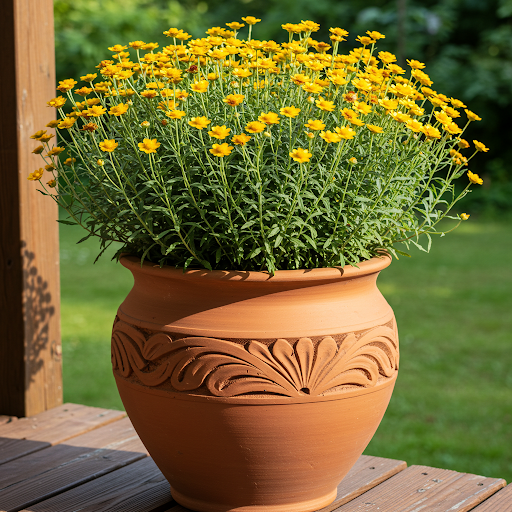
Helichrysum
For more detailed botanical information and to explore the diverse world of Helichrysum, you can visit the Wikipedia page on Helichrysum.
Important Note: Helichrysum plants are generally considered non-toxic to humans and pets, making them a safe and attractive choice for households with children and animals. The primary care benefits of Helichrysum in pots are their exceptionally long blooming season, unique and textural bracts, warm and vibrant colors, excellent drying qualities, and very easy, low-maintenance care, bringing delightful, enduring color and textural interest to your outdoor spaces for many months, and even indoors as dried flowers. With these simple care practices, you can enjoy a season filled with the everlasting charm of Helichrysum in your outdoor containers.
KC3-09k
By greenship|2024-08-16T06:24:36+00:00August 16, 2024|Categories: Hand-carving Series|
11THD
By greenship|2024-08-13T02:52:20+00:00August 13, 2024|Categories: Hand-carving Series|
20YB
By greenship|2024-08-16T05:37:57+00:00August 16, 2024|Categories: Hand-carving Series|
11TH
By greenship|2024-08-13T02:50:25+00:00August 13, 2024|Categories: Hand-carving Series|
13 inch Planter for Indoor Plants, Set of 2 Modern Decorative Plant Pots with Drainage Hole, Cute Bowl Shape Flower Pots
By greenship-seo|2025-04-10T07:41:46+00:00January 10, 2025|Categories: Hand-carving Series|Tags: Decorative Flower Pots, Self-Watering Pots|
KC2-21G
By greenship|2024-08-13T06:19:08+00:00August 13, 2024|Categories: Hand-carving Series|

